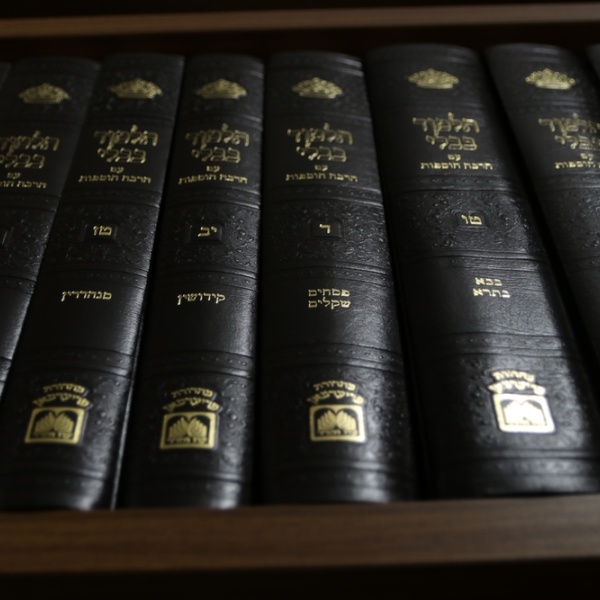
“An egg that was laid on Yom Tov: Beit Shammai says it may be eaten, and Beit Hillel says it may not be eaten”. For six pages, the Gemara discusses this poor little egg. The issues go far beyond an analysis of this debate—at least four reasons are given to explain Beit Hillel’s view—or a discussion of whether we are dealing with a hen raised for slaughter or egg production. This little egg is the springboard for discussions of issues ranging from the laws of muktza; the origin and need for the second day of Yom Tov; the special status of the second day of Rosh Hashanah; the laws of bittul, nullification; and even a discussion of when rabbinic laws may be repealed. This little egg has much to offer Jewish law.
As Dennis Prager noted, the Talmud spends all of two lines discussing anti-Semitism, but six pages discussing an egg born on Yom Tov. The rabbis displayed little interest in how outsiders viewed us, focusing instead on questions of how a Jew was to conduct his life. Furthermore, they saw anti-Semitism as rooted in our acceptance of the Torah. Employing a play on the words Sinai and sinah, our Sages declared that Sinai is the place from which hatred came down to the world. Despite our best efforts, ultimately, anti-Semitism is something we can do little to control—a sad but crucial reality that we ignore at our peril.
Yom Tov was celebrated much differently in Talmudic times. With a lack of refrigeration and a rural economy, people engaged in activities that today would be unthinkable. For starters, animal were routinely slaughtered on Yom Tov, allowing one to fulfil the mitzvah of simcha, which requires the eating of meat. Day-old meat was not very good. With most people not qualified as shochtim, they would have to go the local butcher—whose store remained open on Yom Tov—to purchase the meat. The Gemara discusses how one might pay for the above, and how exactly one would determine the actual amount of meat purchased, as scales were not to be used on Yom Tov.
The desire for fresh food—who wants to eat day-old bread?—meant bakeries were operating at full speed at this busy time. The rabbis discuss at which point one crosses the line from the permissible act of taking fish out of a tank to the prohibited activity of fishing, or from gathering animals to trapping them. Other discussions centered around making spices on Yom Tov, or how exactly one separated challah from the flour on Yom Tov—an especially acute problem during Pesach.
The fear that Yom Tov would be spent primarily in the marketplace and/or the kitchen led the rabbis to ban all cooking not absolutely needed for Yom Tov—even that of cooking on Yom Tov for Shabbat. An eiruv tavshilin had to be made, whereby the cooking for Shabbat had to begin before the onset of Yom Tov; this served to remind us of the prohibition to cook on Yom Tov (unless absolutely necessary). The Rama, in his first comment on the laws of Yom Tov, notes that whatever can reasonably be prepared before Yom Tov may not be cooked on Yom Tov. This had the effect of moving the focus away from food preparation to focusing on the message of Yom Tov, something much easier to do with our modern kitchens.
An egg represents new life and new beginnings, a most appropriate start to a masechet discussing the laws of Yom Tov. Yom Tov is the time to celebrate the three key events in the formation of the Jewish people—the Exodus, receiving the Torah, and settling the land. How fortunate we are that modern life allows us to spend less time in the kitchen, and thus more on the ideas and themes of these holy days.
